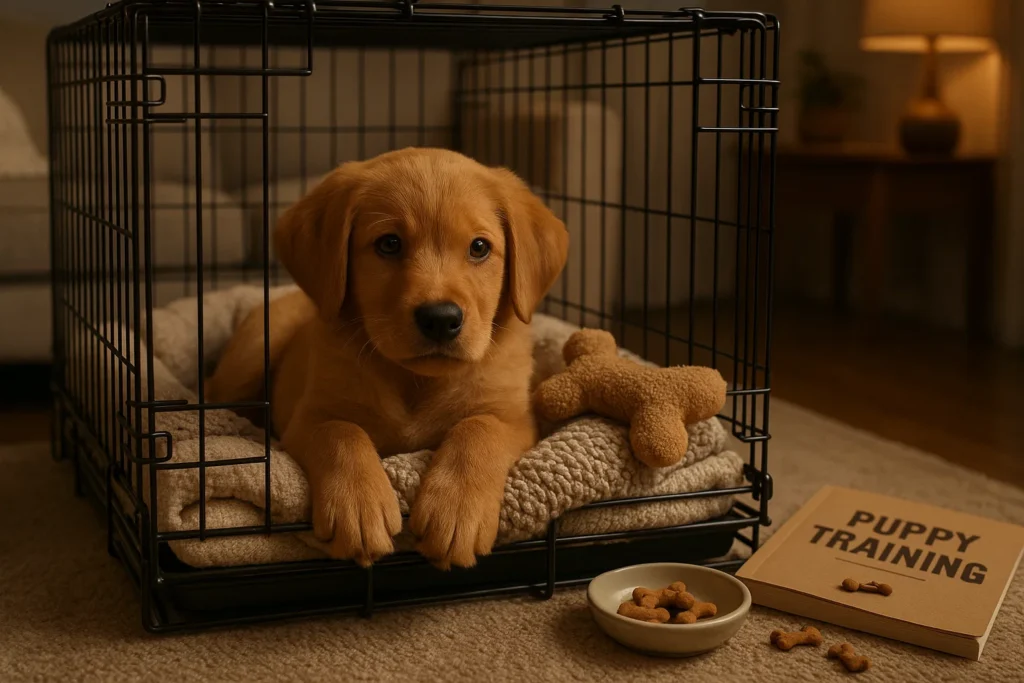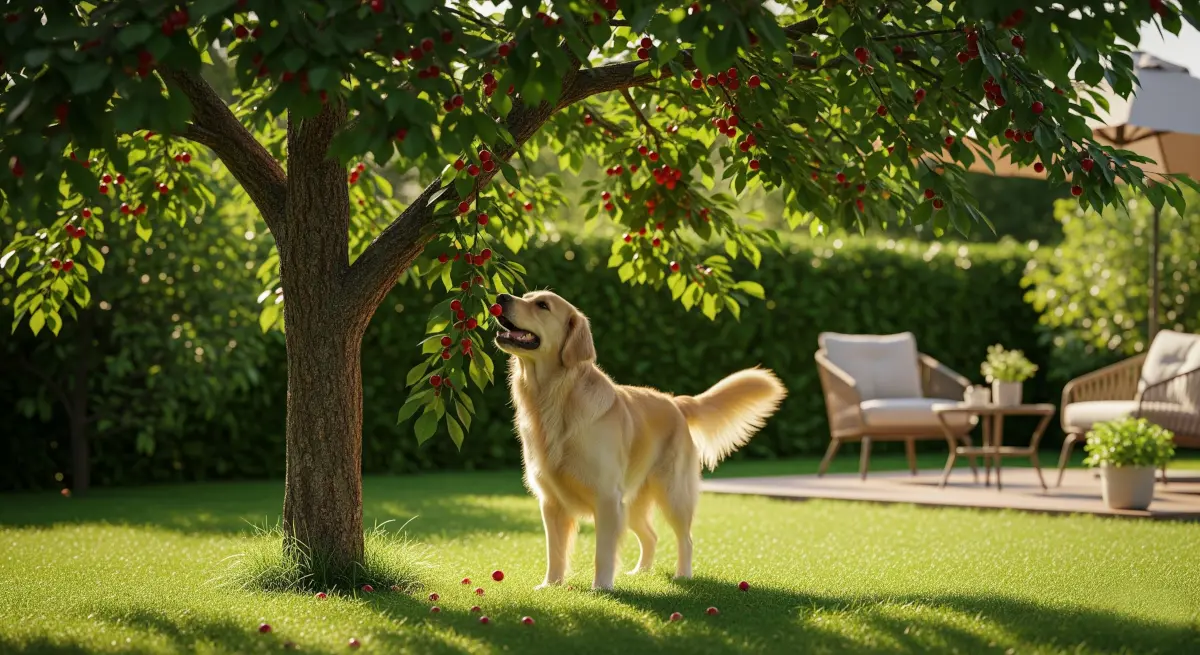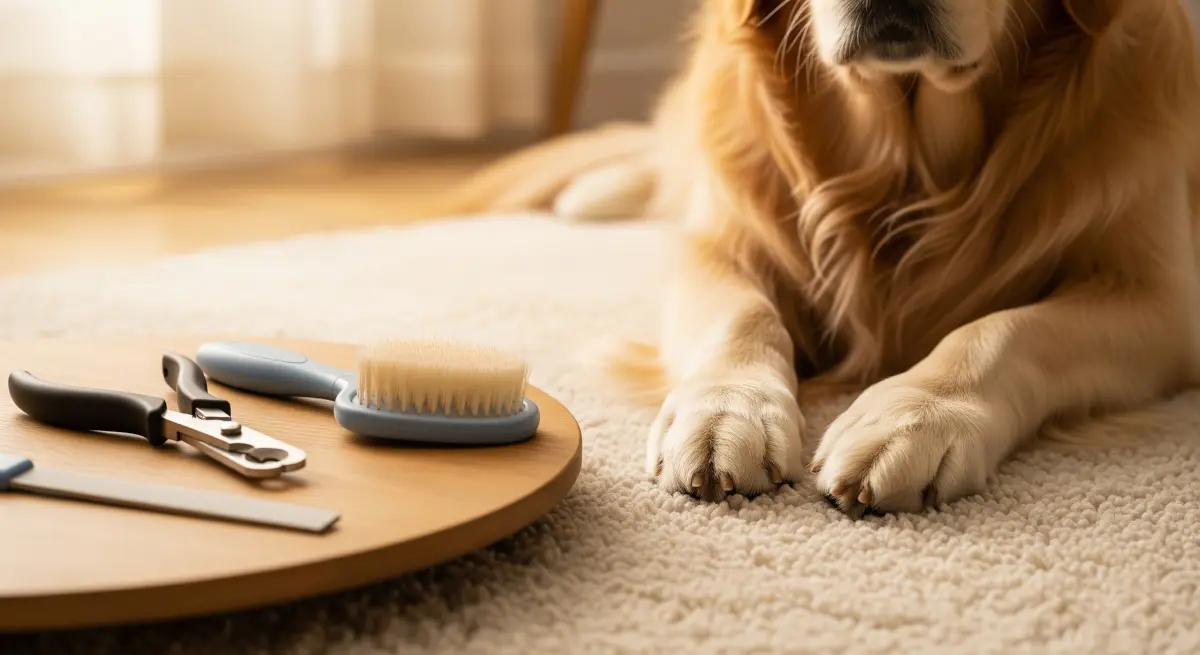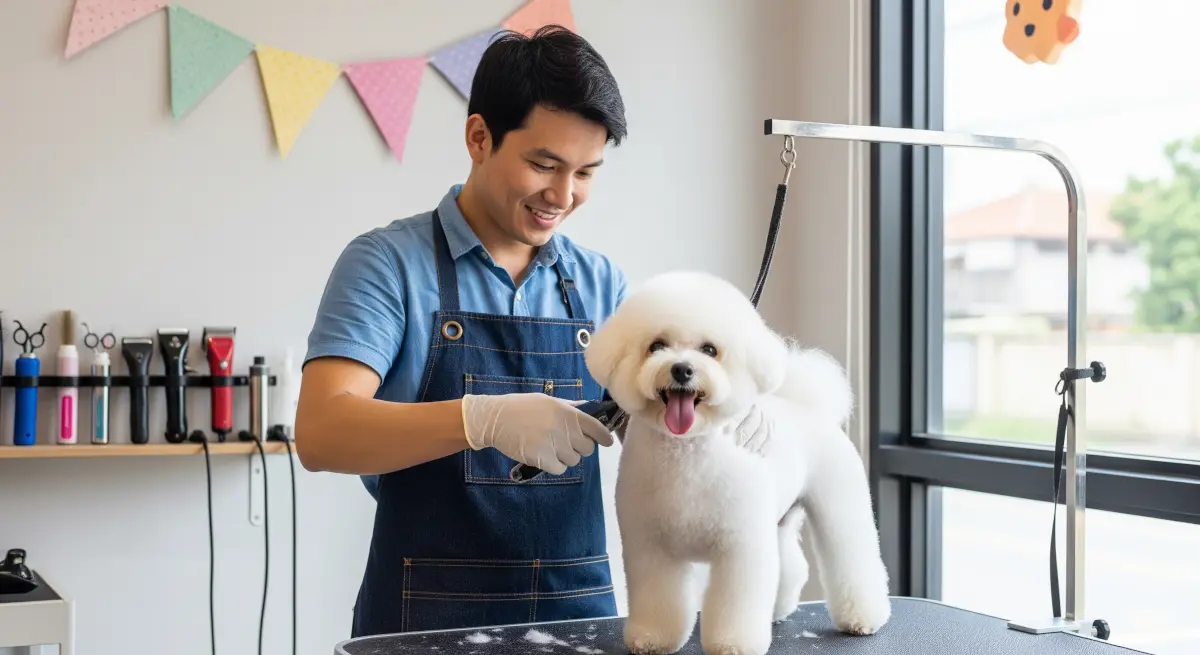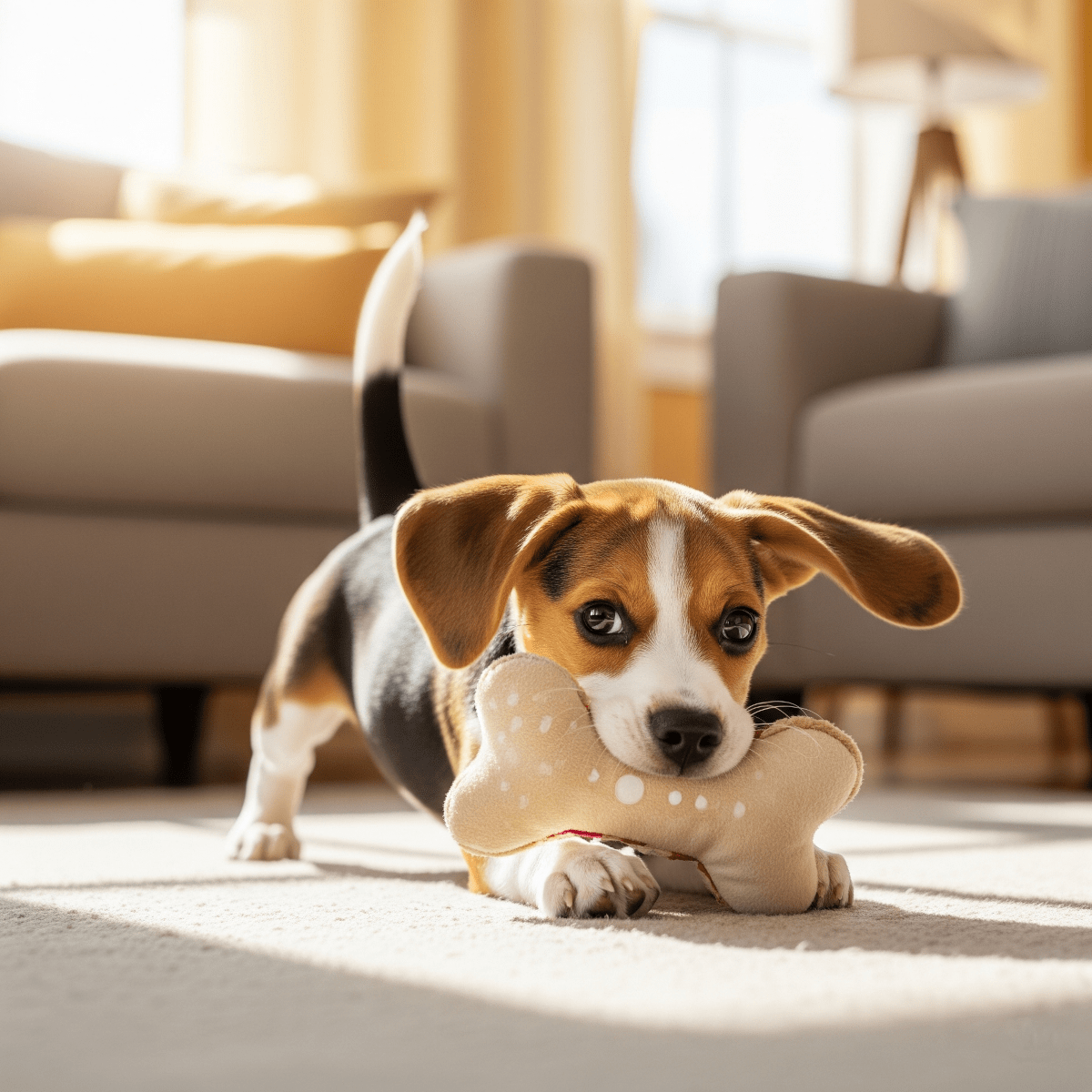Are you wondering how to crate train a puppy? This essential skill can transform your new furry family member into a well-adjusted companion, offering them a safe den and making house-training a breeze. Many new pet parents are curious about how long does it take to crate train a puppy, and while some aim to teach their puppy in just a few days, patience is truly key. A properly introduced crate becomes a sanctuary, not a punishment, crucial for safety and preventing destructive behaviors. Dive into this guide to discover practical steps and expert tips, whether you’re starting crate training a new puppy or refining your approach for your existing companion.
Table of Contents
- What is Crate Training and Why It Matters?
- Step-by-Step Guide to Crate Training Your Puppy
- Mastering Crate Training Overnight
- Crate vs. Kennel Training: What’s the Difference?
- How Long Does Crate Training Take? Setting Expectations
- Expert Tips for Successful Puppy Crate Training
- Frequently Asked Questions (FAQ)
- Conclusion
What is Crate Training and Why It Matters?
Crate training is an effective method of dog training that uses a dog crate as a tool for house-training, managing behavior, and providing a safe, comfortable space for your puppy. It taps into a dog’s natural denning instincts, offering them a secure spot to retreat. This technique is invaluable for preventing accidents indoors, keeping your puppy safe when unsupervised, and even helping with anxiety. For more general approaches to teaching your dog new behaviors, explore various methods of dog training. It’s essential that the crate is never used as a punishment, but rather as a positive, inviting space.
Step-by-Step Guide to Crate Training Your Puppy
Starting off right is crucial for successful dog crate training tips. Follow these steps to introduce your puppy to their new den.
Preparing the Perfect Crate Setup
First, choose the right-sized crate. Your puppy should be able to stand up, turn around, and lie down comfortably. Place the crate in a central area of your home, like the living room or bedroom, where your puppy can still feel part of the family. Line it with a soft blanket or a comfortable bed to make it an inviting spot.
Gentle Introduction: Making the Crate Inviting
Leave the crate door open and let your puppy explore it at their own pace. Toss some treats or a favorite toy inside to encourage them to enter voluntarily. When your puppy steps in, offer praise. You can use a command like “crate” or “bed” just before they go in to associate the word with the action. This positive reinforcement is key to making the crate a happy place.
Closing the Door: Gradually Increasing Time
Once your puppy is comfortable entering the crate, begin closing the door for very short periods while you are still in the room. Start with just a few seconds, then open the door and reward them for staying calm. Gradually increase the time the door is closed, extending to a few minutes, then longer. Always ensure your puppy is relaxed before you open the door again.
Mastering Crate Training Overnight
Crate training a puppy overnight is a common goal for new owners. Place the crate near your bed during the initial nights so your puppy feels your presence. Ensure they have had their last potty break right before bedtime. The goal is for your puppy to sleep through the night, associating the crate with rest.
Handling Nighttime Whining
If your puppy whines during the night, it might be for a potty break. Take them out calmly, without much fuss, and return them to the crate. If the whining is attention-seeking, wait a few moments before responding to avoid reinforcing the behavior. Establishing a consistent bedtime routine can significantly help reduce anxiety for crate training dog at night, improving your chances of a peaceful night.
Crate vs. Kennel Training: What’s the Difference?
While often used interchangeably, there can be subtle differences. “Crate training” specifically refers to using an indoor wire or plastic crate for training purposes. “How to kennel train a dog” or “kennel training a new puppy” might imply training a dog to be comfortable in a larger outdoor kennel or a designated outdoor run, though in the context of pet homes, it’s frequently synonymous with crate training. For most U.S. pet owners, the terms refer to the same process of teaching a dog to accept and feel safe in a confined, den-like space.
How Long Does Crate Training Take? Setting Expectations
Many ask, “how long does it take to crate train a puppy?” There’s no one-size-fits-all answer. The timeline varies significantly based on your puppy’s age, previous experiences, temperament, and your consistency. While some claim “how to crate train your puppy in 3 days,” for most puppies, it can take anywhere from a few days to several weeks or even a couple of months for them to fully accept and enjoy their crate. Patience is paramount, and pushing your puppy too quickly can create negative associations. Focus on positive reinforcement and gradual progression for lasting success.
Expert Tips for Successful Puppy Crate Training
To ensure your dog training crate training efforts are successful, remember these pointers. Always adjust the training approach to your puppy’s individual temperament; some puppies adapt faster than others. Avoid forcing your puppy into the crate, as this can create fear and aversion. Make the crate a positive space with treats, toys, and praise. Consistency in routine, especially for potty breaks and bedtime, is crucial. Never use the crate as a form of punishment. If done correctly, the crate becomes a secure, personal space for your pet, preventing you from merely “caging puppies” but rather providing a safe haven.
Frequently Asked Questions (FAQ)
Can I leave my puppy in a crate all day?
No, a puppy should not be left in a crate all day. Puppies have small bladders and need frequent potty breaks, typically every few hours depending on their age. Extended periods in a crate can be detrimental to their physical and emotional well-being, leading to anxiety, behavioral issues, and even health problems. The crate should be a safe den, not a place of isolation.
My puppy cries in the crate, what should I do?
Puppies often cry in their crate due to loneliness, needing a potty break, or anxiety. First, rule out the need for a potty break by taking them out calmly. If they don’t need to go, avoid reinforcing attention-seeking crying by waiting for a pause in the crying before returning to the crate. Ensure the crate is comfortable and associated with positive experiences, and gradually increase the time they spend inside.
When should I start crate training my puppy?
You can start crate training as early as 8 weeks old. The earlier you begin, the easier it typically is for your puppy to adapt. However, it’s never too late to start, and older puppies can still learn to love their crate with patience and consistency. The key is to how to crate train a puppy at night gradually and make positive associations from the beginning.
Conclusion
Mastering how to crate train a puppy is one of the most rewarding steps you can take as a pet owner. This process, while requiring patience and consistency, lays the foundation for a well-behaved, happy, and secure dog. By making the crate a positive space, addressing nighttime challenges, and understanding your puppy’s individual needs, you’re not just training them; you’re building a stronger bond and providing them with a safe haven for life. Remember that how long to crate train a puppy depends on various factors, but with dedication and the right approach, you’ll soon have a puppy who loves their cozy den. Embrace the journey, and you’ll soon discover that proper crate training benefits both you and your furry companion for years to come.

